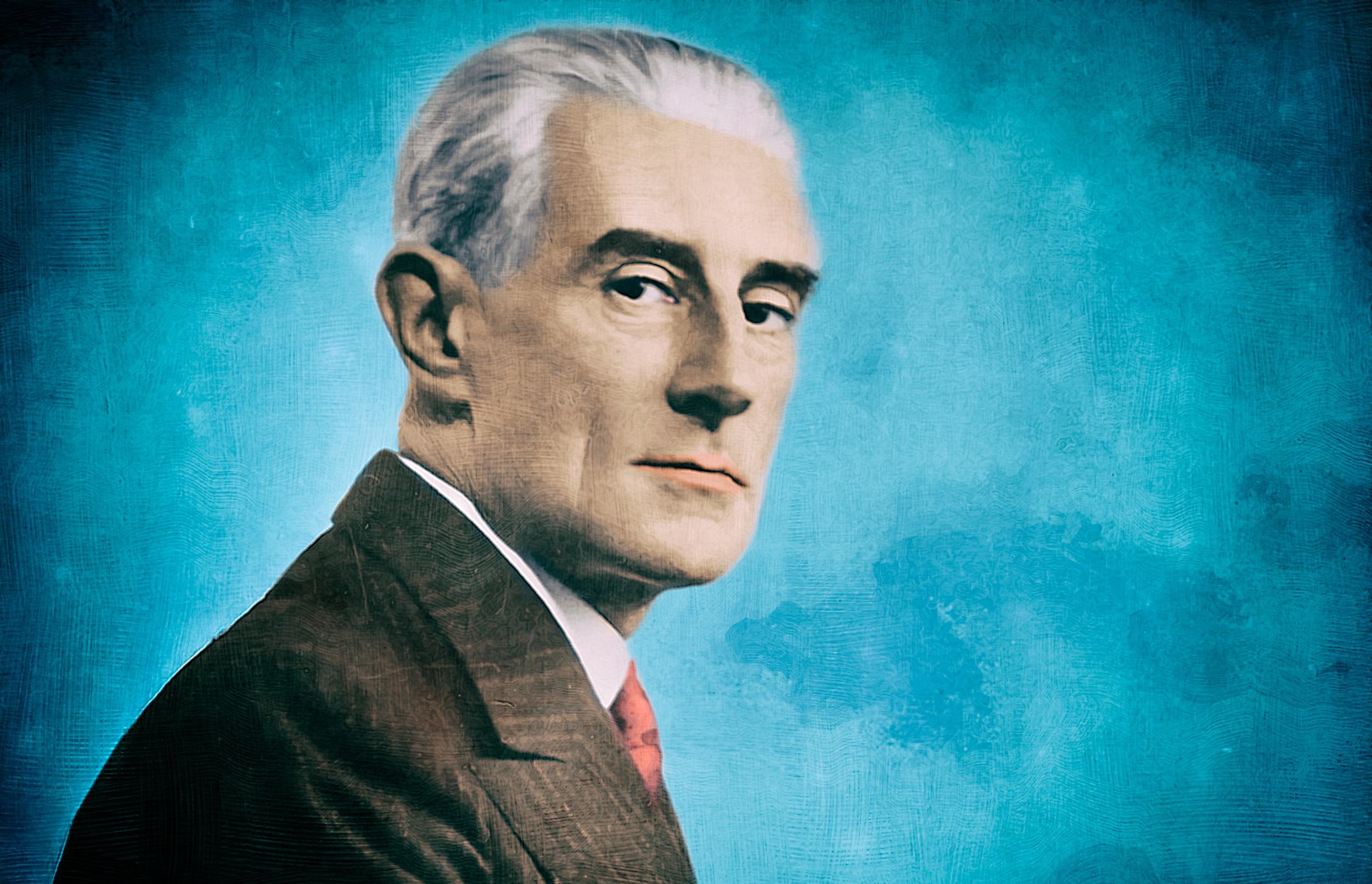In the realm of classical music, few composers have left as profound an impact as Maurice Ravel. With his unparalleled ability to blend colors, evoke vivid imagery, and transport listeners to ethereal realms, Ravel established himself as a luminary of musical Impressionism. This blog delves into the fascinating biography of this prodigious composer, exploring his life, musical journey, and lasting legacy. Born on March 7, 1875, in Ciboure, a small town in the Basque region of France, Joseph-Maurice Ravel displayed remarkable musical talent from a young age. Raised in a creative household, he was encouraged by his mother to pursue his passion for music. At the age of 14, Ravel was admitted to the Paris Conservatoire, where he studied composition and piano.
Maurice Ravel was a French composer of Swiss-Basque descent, who lived from 1875 to 1937. He is often associated with Impressionism, although he rejected the term. He was one of the most original and influential composers of the 20th century, known for his musical craftsmanship and perfection of form and style.
Ravel was born in Ciboure, a Basque town near the Spanish border, to a music-loving family. His father was an engineer and inventor, and his mother was of Basque origin. He showed his talent for music at an early age, and entered the Paris Conservatoire at 14. There he studied with Gabriel Fauré, who became his mentor and friend. He composed some of his best-known works during his student years, such as the Pavane for a Dead Princess, the Sonatine, and the String Quartet.
